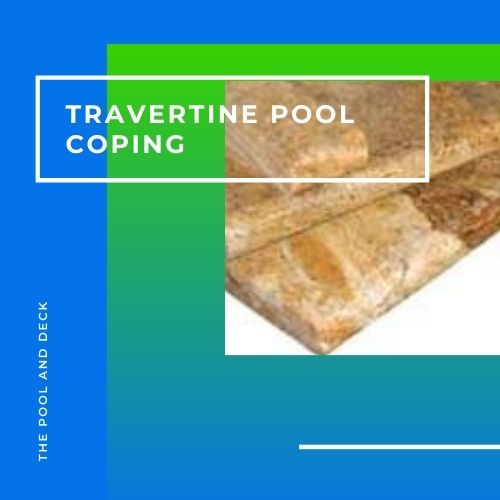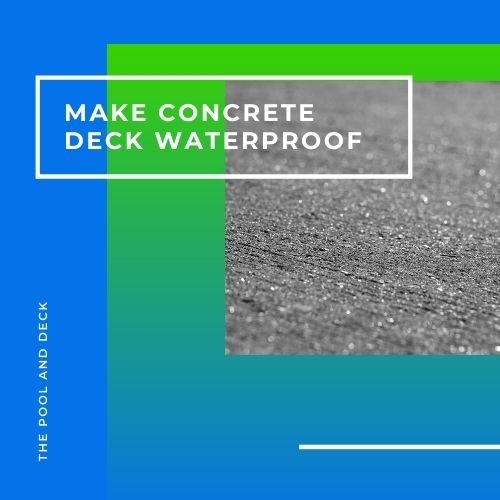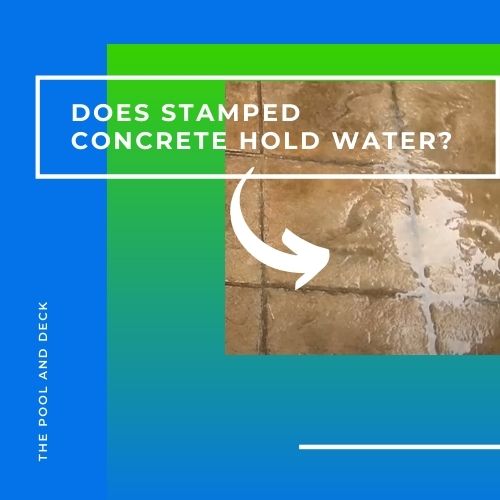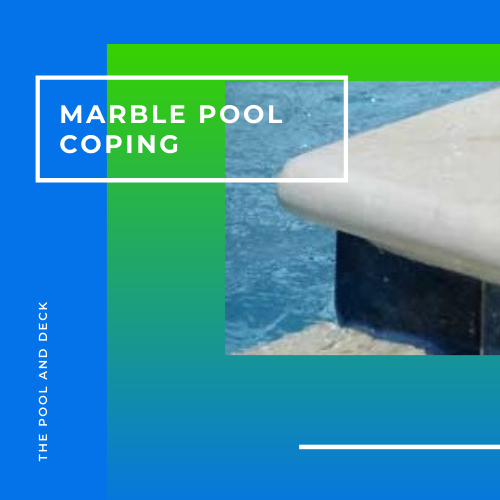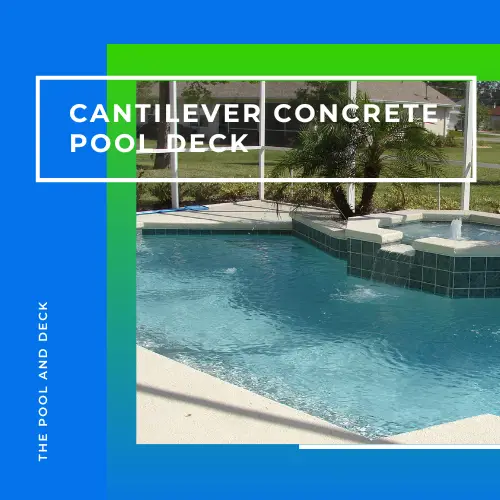Flagstone Pool Coping: 4 Fascinating Advantages to Consider!
Table of Contents
Is Flagstone Good for Pool Coping?
Flagstone is a popular choice for walkways, patios and pool decks. But what about Flagstone Pool Coping? Is it any good?
Flagstone pool coping is a reasonably good choice. Not as good as travertine pool coping but certainly better than sandstone pool coping. Flagstone is less porous but more dense, making it less slip resistant and more likely to get hot under the sun.
Flagstone is a truly beautiful natural stone that comes in warm earthy browns, autumn golds and sunset reds and more. It has a unique texture and is comfortable to walk on
In case you have decided to go for a flagstone pool deck then it would make sense to go for flagstone pool coping too. There will be an element of design harmony.
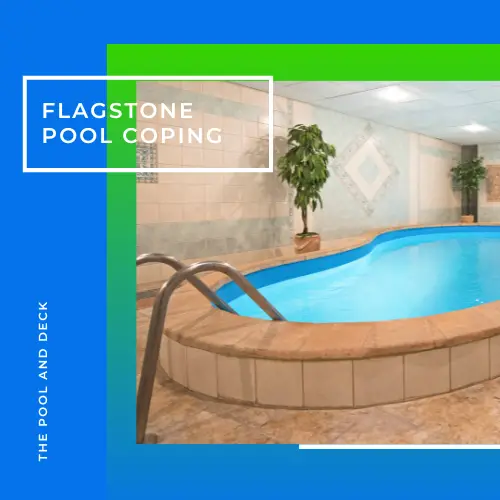
You could use a deeper tone for the coping to highlight the pool perimeter and yet keep the same look and feel to the pool surrounding.
However, make sure to regularly seal the flagstone pool coping. Sealing will make the coping a bit more slippery but you can mitigate the effect by mixing anti-slip additives in the sealer.
Remember that pool water, which can be acidic at times, will corrode the calcite bonds within the flagstone, unless it is sealed.
The sealer will protect the flagstone from pool water permeation and ensure you do not start getting sand in your pool from flagstone coping degradation.
What Is Flagstone Pool Coping?
When you are building a pool in your backyard the primary focus is, of course, the pool, followed by the pool deck and the landscaping surrounding the pool area. Pool coping often does not get the attention it deserves. The pool coping is a lot more than a visual border around the pool edge.
In fact the pool coping is an essential part of pool and deck construction and serves several very important functions such as:
- Protecting the pool wall and foundation from water ingress
- Keeping the deck dirt & debris from getting into the pool
- Providing a ledge for swimmers to hold onto and pull themselves out
- Adds to the aesthetic appeal of the pool and deck
There are a host of material choices for the pool deck ranging from the utilitarian concrete and composites to the earthy brick and natural stones. Even within the natural stones there are at least 10 great options for creating stunning pool decks.
5 Popular Natural Stones used as Pool Coping
Typically pool copings are of the same material as that of the deck for design harmony. Having said that, there is no hard and fast rule. The pool coping material could as well be different from the deck material.
Natural stones are formed when fossils of marine life or minerals are compacted together in the earth’s crust over millions of years. The 5 most popular stones, quarried from sedimentary rocks and used for paving are:
Sandstone: Composed of microscopic grains of sand (silica) compacted and held together by calcium carbonate (calcite).
Bluestone: A type of sandstone that is rich in feldspar and gives it its distinctive blue-gray color.
Flagstone: Formed when sandstone gets bound together by minerals like silica, calcite, or iron ore.
Travertine: Formed from the precipitation of calcium carbonate in limestone caves and hot springs and compressed under the earth’s crust..
Limestone: Composed primarily of calcium carbonate (calcite) from the fossilized marine organisms and their shells.
All these stones are suitable for use as pool coping. They are porous and as a result both slip resistant and cool to the touch. However, they are prone to corrosion by acidic pool water as they have varying degrees of calcite in their composition.
Advantages of Flagstone Pool Coping
Flagstone pool coping offers a range of advantages for homeowners looking to create a beautiful and functional pool area. Here are some of the key advantages of using flagstone for pool coping:
1. Aesthetic Appeal:
Flagstone pool coping has a classic, natural beauty. Flagstone is characterized by its unique organic layers. Flagstone comes in warm, earthy shades of browns, reds, grays and blues and helps create a stunning, rustic look.
2. Increases Home Value:
You are going to cherish every moment that you spend in your pool and on the flagstone coping and deck. Any visitor, guest or potential buyer is bound to be impressed with its beauty.
A well-designed pool area with beautiful flagstone pool coping is sure to increase the value of your home. An investment in flagstone coping and pool deck is certainly worth the higher cost.
3. Durability:
Flagstone is dense and highly resistant to weathering and erosion, making it an ideal choice for pool coping. Flagstone can withstand years of exposure to pool water and harsh sunlight without fading, discoloration or deterioration.
With proper care, flagstone pool coping can last for decades, making it a smart investment for pool owners.
4. Easy to Maintain:
Flagstone is relatively easy to maintain as it is resistant to mold and mildew, which can be a concern in damp pool areas. Cleaning with a wet mop dipped in soapy water is all that you need to keep it looking as good as new..
You may want to also seal it periodically to prevent pool water penetration. Though it has higher chemical resistance than sandstone pool coping, regular sealing is highly recommended.
What Are the Disadvantages of Flagstone Pool Coping?
Flagstone is a great choice for patios and even pool decks, but when it comes to pool coping there are some disadvantages that you must consider before making your choice. Here are some of the main disadvantages of flagstone pool coping:
Lower Slip Resistance:
Flagstone is dense and less porous than many other sedimentary stones such as travertine and limestone. As a result flagstone may be a bit slippery when wet, due to the phenomenon of “hydroplaning”.
Hydroplaning is when a thin film of water, between the coping and the feet, reduces the frictional grip and may cause the swimmer to skid, much like a car on icy roads.
Of course this can be a safety concern for pool coping. It is important to choose flagstone with textured surface to help prevent slipping and to use caution when walking on the surface.
High Heat Absorption:
Though flagstone, like most natural stones, is naturally cool, the higher density means that it absorbs heat from the sun and retains it for longer periods as compared to say travertine pool coping.
During hot summer months, flagstone pool coping may become unbearably hot during the afternoon. It may be uncomfortable to walk or sit on the coping for long durations.
Erodes if Not Sealed:
Though I have mentioned that flagstone has good weathering and erosion resistance, I must add that it is not completely immune. Pool owners have sometimes complained that they find sand in their pool with flagstone coping.
On further investigation I have always found that in almost all cases the pool owner had neglected to seal the flagstone pool coping.
Difficult to Install:
The higher density and heaviness of flagstone pool coping also makes it difficult to install. It typically requires professional installation, which of course adds to the overall cost.
Material Cost:
Not only is the cost of installation high, flagstone pool coping is usually more expensive than other options such as limestone or sandstone pool coping. You must however check the actual cost as prices can vary significantly depending on location and quality.
Bottom Line
The bottom line is that flagstone pool coping is a pretty good choice; not as great as travertine pool coping but certainly better than sandstone.
It is very important that you keep your flagstone pool coping sealed at all times. Else you may find sand in your pool water!
Thank you very much for reading the post. I do hope you found it informative and helpful.

